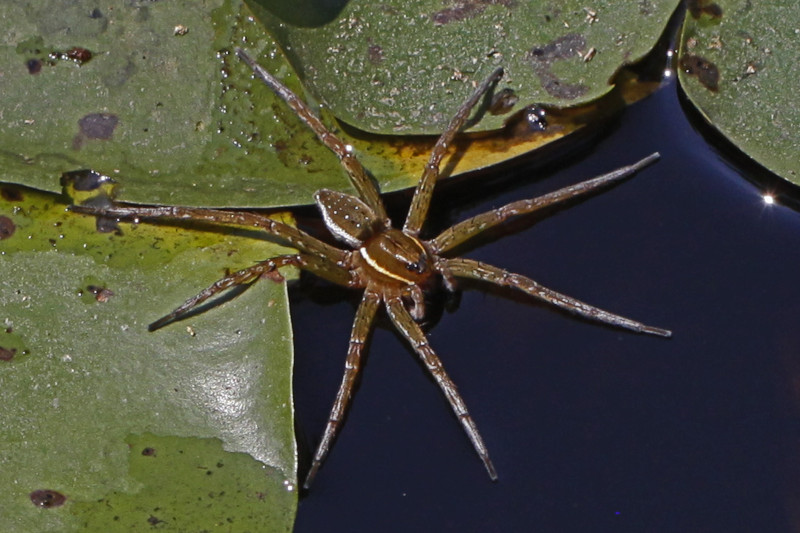
Six-Spotted Fishing Spider Facts
- The very descriptive term Six-Spotted Fishing Spider perfectly serves as the common name for a specific species in the genus Dolomedes. Not only that, but the remarkable spider also represents only one of roughly 100 species in the surprising genus.
- The various members of the group also occur around the world. This species, along with the other members of the group, is a member of the nursery web spider Family. All also have one particular trait that distinguishes them from other arachnids.
- That’s the remarkable fact that this particular species, along with its brethren, evolved as semi-aquatic in nature. Given this fact, the other commonly used name for members of this genus, that of dock spiders, comes as no great surprise to most people.
- This variant on the name occurs due to the behavior of the arachnid. That’s because individuals can frequently be seen scurrying through the cracks in boat docks in many regions. Pleasantly, the IUCN currently has no listing for the Six-Spotted Fishing Spider.
- That fortunate status holds true due to a combination of its apparent present numbers and its range of habitation. It must nonetheless be considered to be facing the same threat that now imperils countless species. That peril, of course, is climate change.
Related Articles
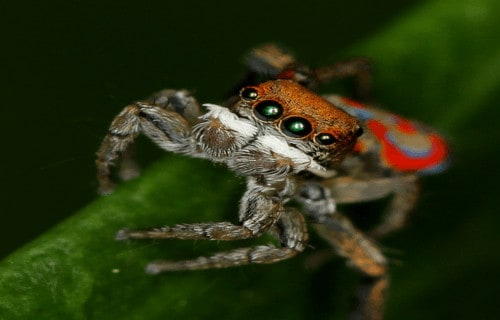
Peacock Spider
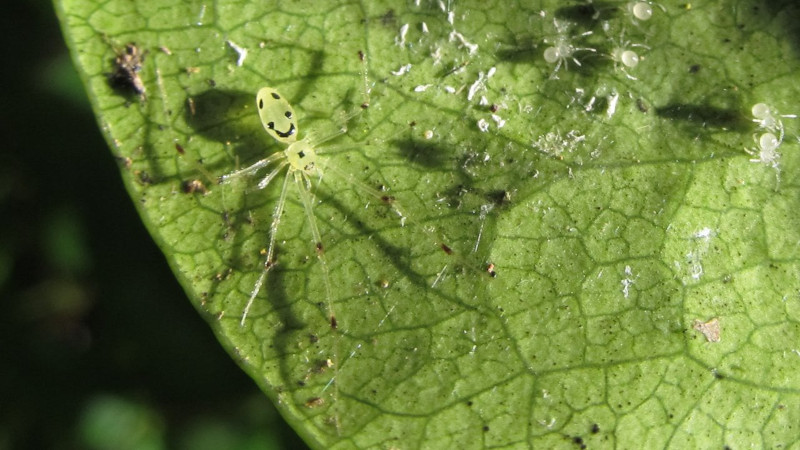
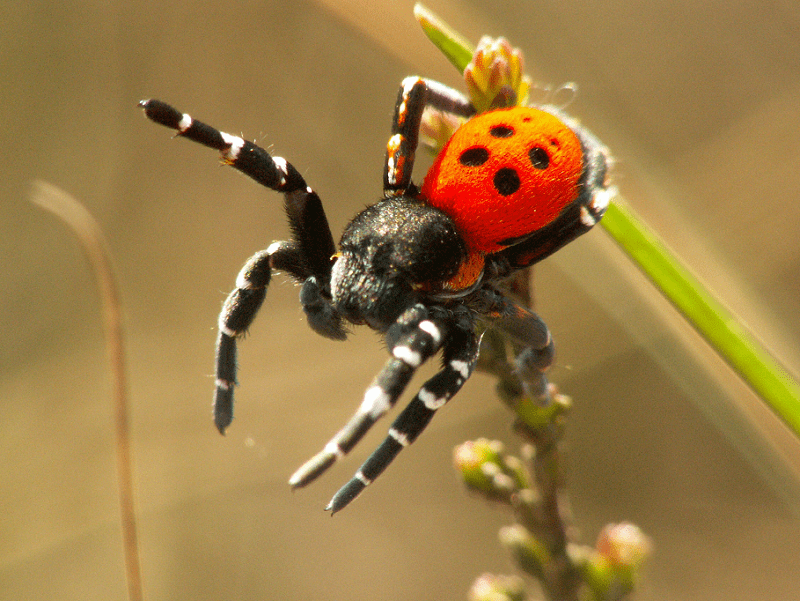
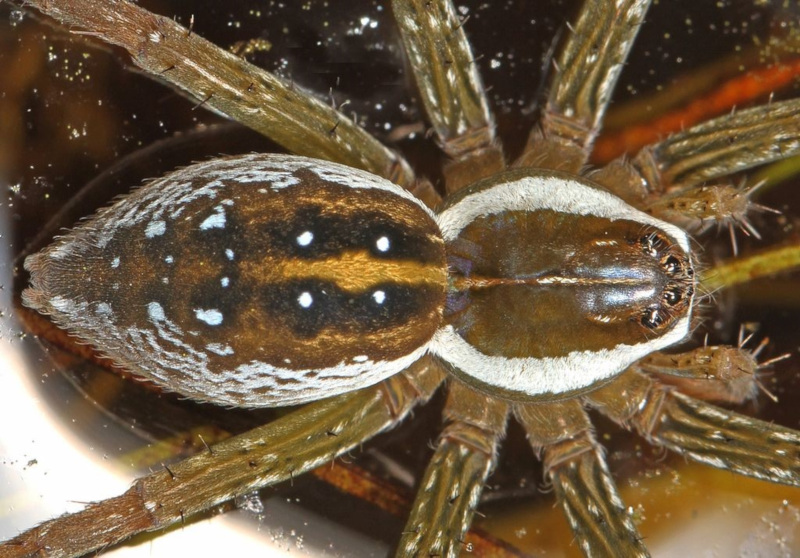
Six-Spotted Fishing Spider Physical Description
Regardless of its other distinctive attributes, the wonderful Six-Spotted Fishing Spider ranks as an average-sized spider. The quite surprising creature does also, however, much like most arachnids, display the characteristic trait of sexual dimorphism.
In its case, though, the difference presents itself in terms of size. Among this species, the female generally attains a larger body length than the male does. That’s because her body averages 0.6 – 0.8 in (15 – 20 mm), while his averages about 0.35 – 0.5 in (9 – 13 mm).
The legs of both sexes of the arachnid, meanwhile, average the same approximate length. As a result, the average legspan of both genders equals roughly 2.4 in (6.1 cm). But, both genders of the Six-Spotted Fishing Spider display the same colors and markings.
The body further displays a light to dark brown color. Most individuals develop a cream or light white colored stripe on the side of its cephalothorax. Its abdomen has a pattern of light lines and spots. Plus, the underside of the cephalothorax displays the six dark spots.
- Kingdom: Animalia
- Phylum: Arthropoda
- Class: Arachnida
- Order: Araneae
- Family: Pisauridae
- Genus: Dolomedes
- Species: D. triton
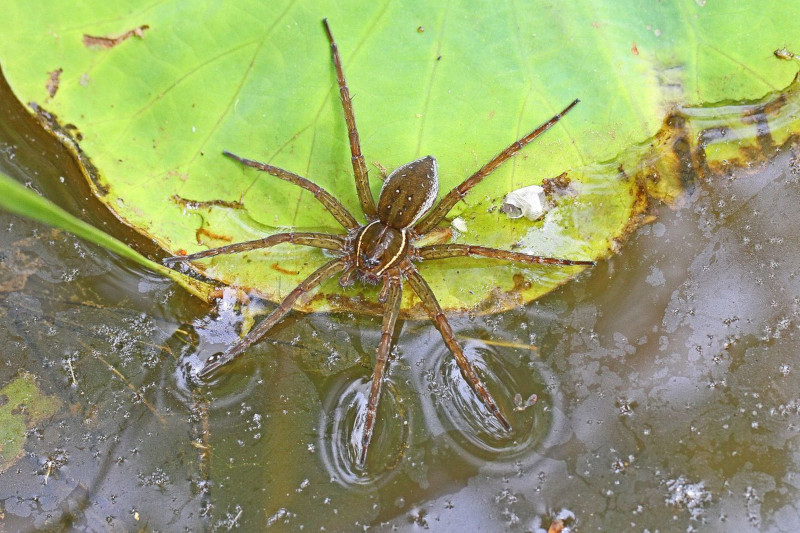
Six-Spotted Fishing Spider Distribution, Habitat, and Ecology
Perhaps most notably, the remarkably distinctive-looking Six-Spotted Fishing Spider has an extremely broad range for a spider. That’s due to somewhat surprising fact that the small but fascinating arthropod inhabits a large portion of the Western Hemisphere.
More specifically, however, this zone of habitation presently includes all of the continental United States, and southern Canada, in North America, as well. Scattered populations of the intrepid invertebrate also extend into scattered portions of Mexico.
Since it evolved as semi-aquatic, its habitat preferences should come as no surprise. These preferred areas consist of various wetland-type habitats. Most often, this consists of such places as around the shores of various lakes, ponds, and gently flowing streams.
In these locations, the creature further prefers to live under rocks, man-made structures, or in vegetation, near the water. The magnificent Six-Spotted Fishing Spider evolved a diurnal lifestyle. Since it hunts during the day, concealment remains important.
The natural coloring of the invertebrate also allows it to blend in with its surroundings. Plus, it patiently waits for hours, if it must. Meanwhile, although it does eat small fish, these compose only a small part of its diet. It primarily eats such prey as vertebrates and insects.
Species Sharing Its Range


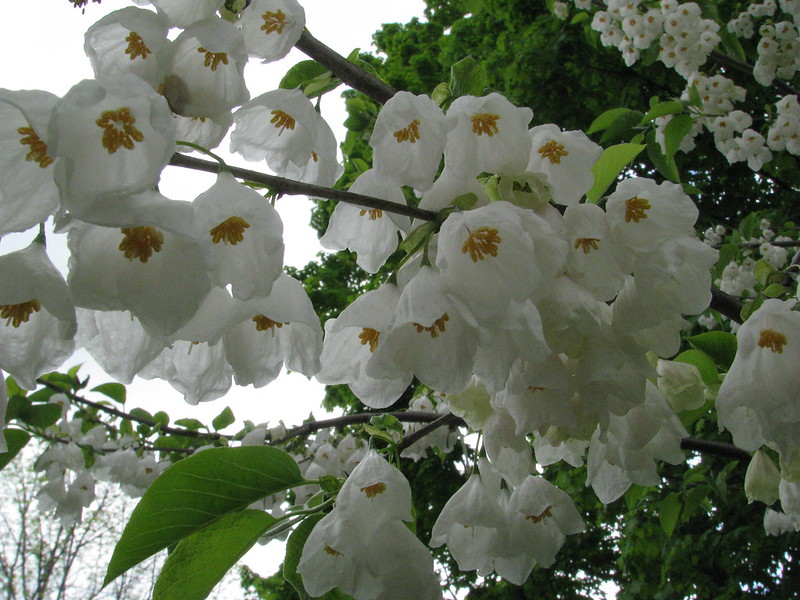
Check out our other articles on 5 Rare Mind-Blowing Cloud Types, Basking Shark, Blood Falls, Tree Kangaroo, Pesquet’s Parrot, Walrus, Hawaiian White Hibiscus, Olive Ridley Sea Turtle









Leave a Reply